INTERSECTIONAL GRIEVANCES IN CARE WORK: FRAMING INEQUALITIES OF GENDER, CLASS AND CASTE*
How do social movements include or exclude intersectional grievances of individual participants? What do variations in framing within the movement tell us about including intersectional grievances? I address these questions by examining frames deployed by anganwadi (childcare) workers in India and their organized union’s documented demands. I utilize a systemic intersectional approach to examine two specific grievances—low wages and weakening of public provision of care—that lie at the intersection of gender, caste, class, and care work. Workers use intersectional frames to interpret grievances, as they experience intersectional inequalities of gender, caste, and class. Findings show that the union targets the state alone while workers target both state and society. As intersectional grievances are durable inequalities that traverse across the boundaries of state and society, social movement frames may need a broader prognosis that targets both state and society to include intersectional grievances.
Contributor Notes
*Please direct all correspondence to Preethi Krishnan, Assistant Professor of Sociology, Department of Anthropology and Sociology, McKee G8A, Western Carolina University, Cullowhee, NC 28723 or email pkrishnan@wcu.edu. This research was supported by a fellowship from the Purdue Research Foundation.
†I thank the anonymous reviewers of Mobilization whose comments helped improve this article significantly. Thanks to the many anganwadi workers, mothers, union leaders, and officers who shared their time, life, and space with me.

